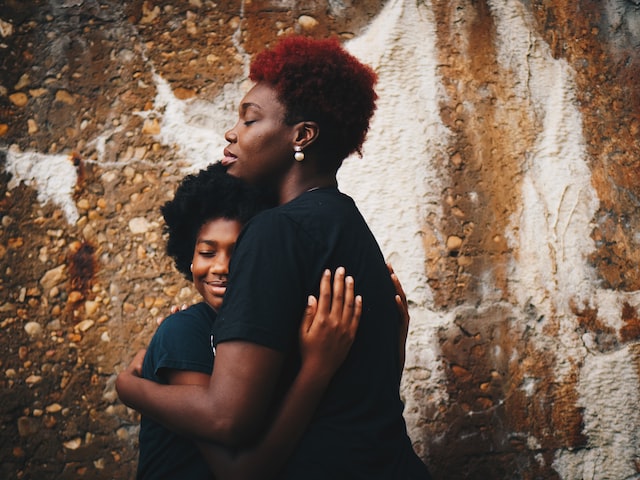Why do some children get a late autism diagnosis?
Many children with autism are diagnosed in early childhood. But since autism is slightly different for every child it affects, behavioral differences in children that signal autism may not appear until they are older. For some children, the complex challenges of socializing and navigating a school environment as they get older – and feeling overwhelmed by moving into a middle or high school – can bring forward a diagnosis that wasn’t apparent before.
In older children, signs of autism may include having very strong or unusual interests or having difficulty making and maintaining friendships with peers. Teenagers with autism might also have levels of school-related anxiety that are higher than normal.
What does an autism diagnosis mean for older children and teenagers?
You may say to yourself – my child has made it this far without a diagnosis – what difference would it make now? It’s important to know that an autism diagnosis won’t change your child, but it can help you understand them better and get them the support they need – socially, intellectually, and emotionally.
Diagnosing autism in older children and teenagers
Diagnosing autism in children and teenagers involves:
- Observing your child’s behavior around their peers
- Interviewing both you and your child
- Reviewing your child’s developmental history
Talking with your child about an autism diagnosis
If your child is in the process of being diagnosed or has a new autism diagnosis, you might worry about their reaction and how to explain to them what is going on. Your child will surely have questions about the testing process and their new diagnosis. In this case, honesty is the best policy – be upfront with your child about their autism diagnosis, but be sure to praise them for their strengths and skills as well, so as not to give them the impression that there is something “wrong” with them.
Some children may be relieved to have a diagnosis if it helps explain difficulties they’ve had with making friends or keeping up in class. Others may react badly and need time and space to adjust. Younger children who are diagnosed early in life have fewer memories of life before a diagnosis and are more used to the way they do things and ask for the things they need. For an older child, suddenly having to regularly see a therapist or needing to go to a special class can be jarring and scary to adjust to. Have patience with your child – and yourself and the rest of your family – as you navigate this big change in your family’s life.
How Applied Behavioral Analysis Therapy Can Help You and Your Child
Applied Behavior Analysis (ABA) therapy for children can help alleviate the stress and anxiety of a new diagnosis for older children and teens. ABA can help fill any gaps in language, communication, and social skills your child needs to work on so they can relate better to their peers and feel confident in their ability to build and maintain meaningful relationships. As part of Applied Behavior Analysis therapy, the children and their family members learn how to build meaningful relationships together.
Free Guide From GBC
An Essential Guide to Autism and Applied Behavior Analysis Therapy
Understand the Ins and Outs of Applied Behavior Analysis Therapy
Our mission at GBC is to inspire and empower families to truly understand the benefits of ABA therapy so they can better relate to one another, and as a result, grow closer. For that, you want to go beyond the online discussions and dive deeper.
We’ve created An Essential Guide to Autism and ABA to explain:
- What Autism Spectrum Disorder (ASD) is
- What Applied Behavior Analysis (ABA) therapy is
- How ABA therapy can help create more connected families



